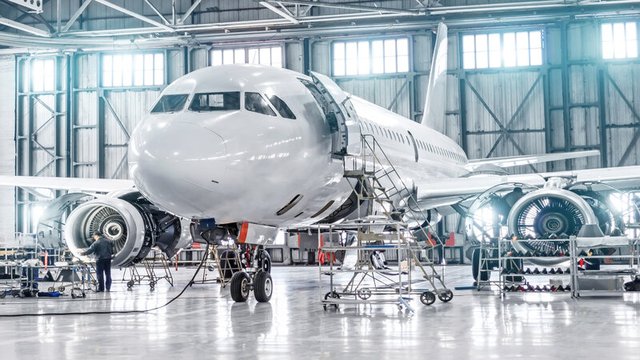

Aircraft maintenance is the process of ensuring that an aircraft is safe and reliable for flight through regular inspections, repairs, and replacements of its components, systems, and structures. It is a critical aspect of aviation safety, as even minor malfunctions or defects can have serious consequences in the air.
Aircraft maintenance is governed by strict regulations and standards set by national and international aviation authorities, and it requires skilled technicians and mechanics to perform the necessary tasks.
In this post, we’ll look more in detail at what is involved in aircraft maintenance, and the role of the key figure in this hugely important task – the aircraft mechanic. And if you are interested in a career in this sector, you may want to consider the Aircraft Engineering degree at Universidad Europea.
The main objective of aircraft maintenance is to keep aircraft in airworthy condition, meaning that they are safe to fly and meet the required performance standards set by aviation authorities. This involves regular checks of various components, such as engines, hydraulic and electrical systems, avionics, airframe, and landing gear, to ensure that they are functioning properly and free from defects or damages.
Aircraft maintenance is divided into two main categories - scheduled maintenance and unscheduled maintenance.
Aircraft maintenance is a highly regulated and structured process that is governed by national and international aviation authorities, such as the Federal Aviation Administration (FAA) in the United States and the European Aviation Safety Agency (EASA) in Europe. These organisations set the standards and regulations for aircraft maintenance, and they require that all maintenance work is carried out by qualified and certified technicians and mechanics.
An aircraft mechanic plays a vital role in ensuring the plane meets the high safety requirements. The role can be very varied depending on the type of plane and the airline the mechanic works for, but the following is an example of some of the tasks an aircraft mechanic carries out:
The tasks of an aircraft mechanic vary depending on the specific job and type of aircraft they work on, but generally include the following:
We hope this post gives greater insight into the world of aircraft maintenance. Our degree programme at Universidad Europea includes subjects such as flight mechanics, maintenance, and aerospace production. With a focus on experiential learning, you’ll be working on real projects from your first year, gaining the skills and experience that employers in the sector demand today.